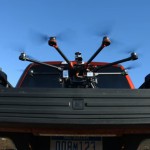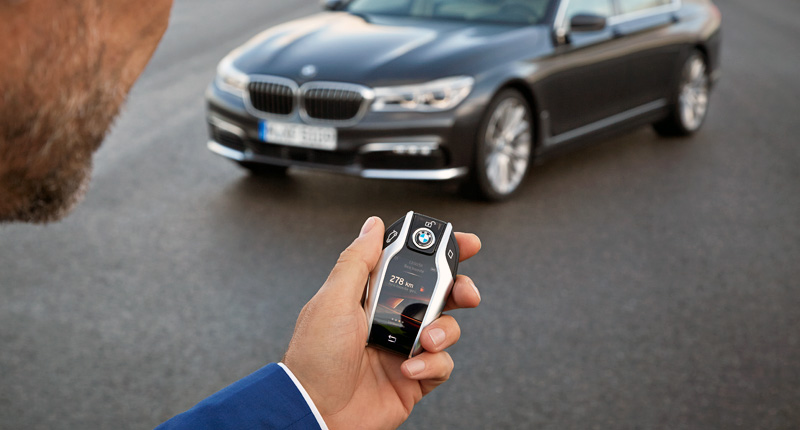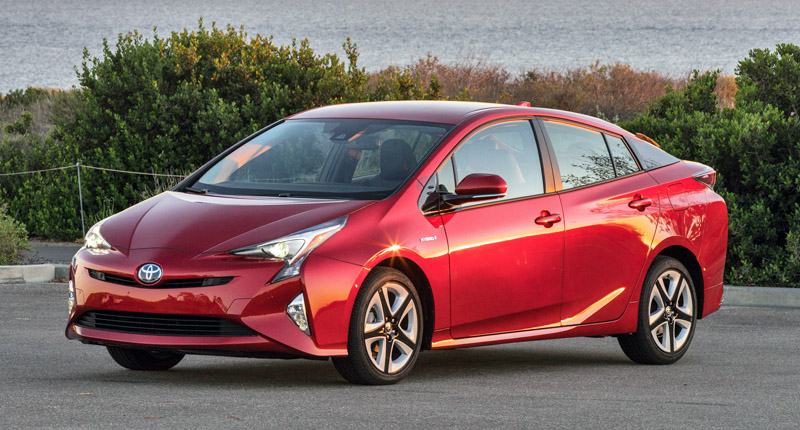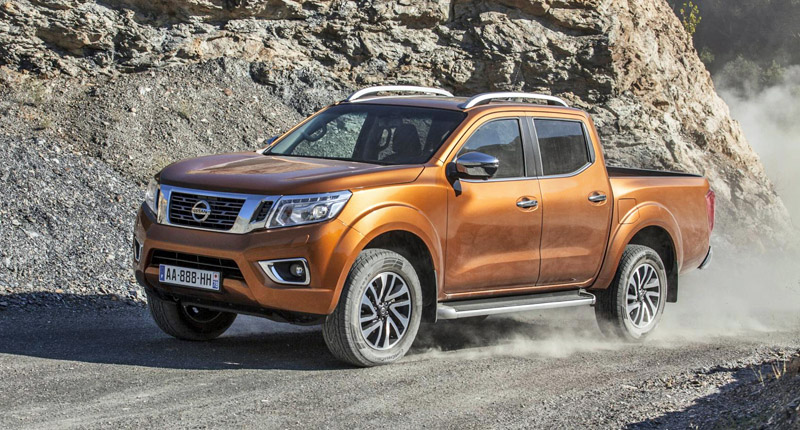Elon Musk’s AI chatbot Grok has once again found itself at the centre of controversy after the most recent update to Grok 3 triggered…
5 of the most innovative cars of 2015
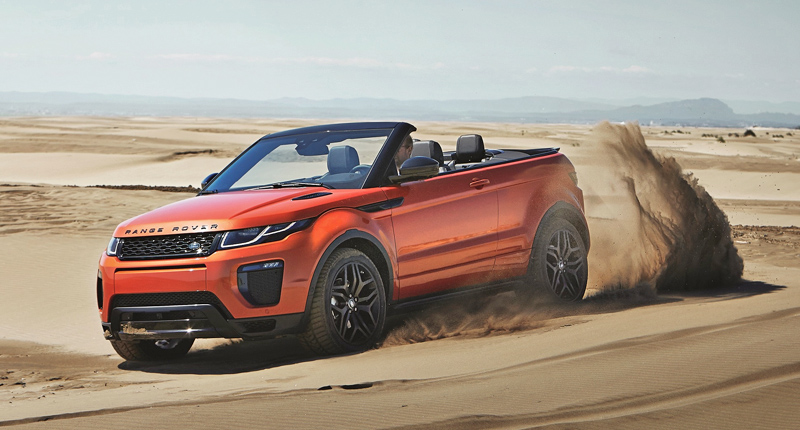
The modern car-buyer is positively spoiled for choice. Indeed, the market is flooded with various types of vehicles, each with a plethora of strikingly similar competitors.
Despite the fact that there are so many seemingly different cars around, they’re all, well, very much the same.
Automakers, it seems, are all doing pretty much the same thing in pretty much the same segments. And that makes instances of true automotive innovation all the more rare.
But, bravely wade through the soul-destroying sameness and you’ll be rewarded with a small handful of refreshingly innovative vehicles. Luckily, we’ve done the legwork for you. And it’s these trailblazing cars that we’re celebrating today.
Last year, we included the likes of the hydrogen-powered Toyota Mirai, the forward-thinking Volvo XC90, and the off-the-wall Citroen C4 Cactus. This year, we were hoping to make space for 3D-printed cars – like Local Motors’ LM3D Swim – but a lack of firm production dates sees them excluded.
So, here are five of the most innovative new cars of 2015…
1. BMW 7 Series
The presence of the utterly superb Mercedes-Benz S-Class means the sixth-generation of BMW’s flagship luxury saloon has to seriously up its game. And, boy, has the Munich-based automaker pulled out all the stops, ploughing all sorts of nifty kit into its technology standard-bearer.
One of the most impressive additions to the 7 Series arsenal is a new gesture control function, which facilitates, for example, “touchless” control of the audio system’s volume and acceptance or rejection of incoming calls. Then there’s wireless charging for your phone, a set of laser headlights, a touchscreen-equipped key-fob, and, of course, a semi-automated driving feature.
In the rear, the massaging function has gained a so-called “vitality programme”, which allows passengers to engage in “active physical exercise for recuperation purposes” without even leaving their perches. And, speaking of vacating seats, the BMW 7 Series also boasts a production-car-first remote control parking feature…
2. Tesla Model X
The world has waited a long time for Tesla to finally unveil its Model X all-electric crossover. But the wait, it seems, has been worth it. The California-based automaker, ranked by the Boston Consulting Group as the third most innovative company of 2015 (behind Apple and Google), bills its Model X as the “safest, fastest and most capable sport utility vehicle in history”.
And the seven-seater SUV seems to be pretty practical, too, with double-hinged “falcon” doors (complete with ultrasonic sensors that determine available space around the vehicle for opening), plenty of loading room, and a surprising towing capacity. But it’s what’s powering the wheels that is most impressive.
Essentially, the all-wheel drive Model X borrows much of its go-faster kit from the Model S sedan. And that’s no bad thing. Indeed, the flagship P90D (with the “Ludicrous Speed” upgrade, of course) sees off the sprint from zero to 100km/h in a scarcely believable 3.2 seconds, yet still boasts a range in excess of 400km. Yip, there’s nothing quite like it…
3. Toyota Prius
Before Tesla came along and upset the environmentally friendly applecart, the Toyota Prius was the go-to car for greenness. And the Japanese automaker clearly hopes to claw back some eco-authority with the fourth generation of its famous hybrid.
This re-imagined model is bravely styled – taking more than just a few design cues from the Mirai – but it’s also longer, lower, wider, more spacious, and quieter than its predecessor. And, of course, Toyota has managed to make it even more efficient, too, tightening things up under the bonnet, improving the continuously variable transmission, and slashing overall weight.
The new Prius rides on an all-new modular platform, with a new, more sophisticated rear suspension setup that Toyota says makes it oodles more fun to drive. Inside, things have changed drastically, too, while all types of technology – from the adaptive cruise control system to the collision-avoidance function – have been further improved. Ultimately, it’s a still-innovative product made even better.
4. Range Rover Evoque Cabriolet
You may think that creating a convertible from an existing model is as simple as chopping off the roof. But you’d be wrong. Particularly if that new cabriolet has to retain all of the hard-top original’s off-road prowess.
And this is, of course, the case with the new Range Rover Evoque Cabriolet, which the British brand bills as the world’s first luxury convertible SUV (the automaker obviously feels the Nissan Murano CrossCabriolet wasn’t quite plush enough to qualify). Indeed, this newcomer plays in a segment all of its own, and may just end up spawning a whole swarm of competitors from other premium brands.
Land Rover has also used this model to introduce some new tech, including a 10.2-inch touchscreen, an app-enabled infotainment system, and autonomous emergency braking. But most impressive is the fact that the four-seater seems to be just as useful in the rough stuff as its closed-top sibling, boasting a cleverly strengthened chassis and reinforced body, as well as all the usual off-roading bits and bobs. And to have achieved that is somewhat of an engineering wonder…
5. Nissan Navara
Yes, we realise the new Nissan Navara is actually a pick-up truck and not a car. But the Yokohama-based automaker has designed the latest version of its Navara to be more car-like (or, indeed, crossover-like) than anything else in its segment.
The double-cab model, for instance, employs a sophisticated five-link rear suspension setup (rather than the traditionally agricultural leaf-spring alternative) that renders the ride far more comfortable than it should be in a pick-up. But it has also somehow managed to improve on the outgoing model’s load-carrying and towing skills, with all variants boasting payload ratings of more than one tonne (with towing capacity coming in at a useful 3500kg). Then there’s the refined cabin, crammed full of all manner of gizmos borrowed from the brand’s popular crossover range.
The 2.3-litre oil-burner under the bonnet, meanwhile, can now be had with a pair of turbochargers, which help make it some 24 percent more efficient than before (and the cleanest in its segment, according to Nissan). Ultimately, the new Navara marks the birth of a new breed of crossover-pick-up that the brand itself describes as a “breakthrough”. And it’ll underpin the upcoming Mercedes-Benz pick-up, too…
